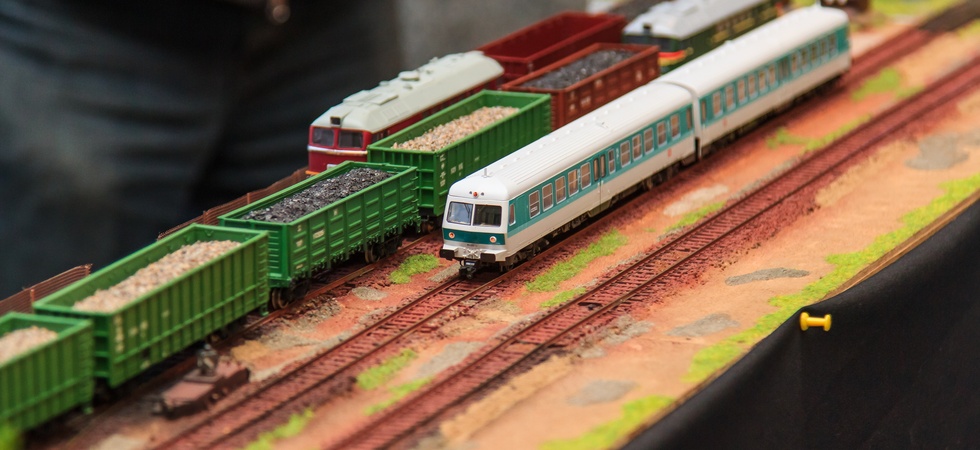Considerations When Starting a Model Train Hobby
Model trains offer a perfect blend of creativity, craftsmanship, and nostalgia that captivates enthusiasts of all ages. Whether you dream of recreating historical railroads or designing futuristic landscapes, this hobby provides endless opportunities for learning and artistic expression. Make sure you know these considerations when starting a model train hobby.
Space Requirements
Your available space directly influences every aspect of your model railroad journey. Measure your designated area carefully, accounting for both horizontal space and vertical clearance in elevated sections. A spare bedroom might accommodate an elaborate HO scale layout, while a small apartment might work better with a compact N scale setup on a fold-away table.
Remember that you’ll need access to all sides of your layout for maintenance and operation. Many beginners underestimate the space required for realistic curves and proper train operation, so plan generously from the start.
Budget Planning
Model railroading costs vary dramatically depending on your choices and ambitions. A basic starter set might cost $100 to $200, but a comprehensive layout with buildings, scenery, and multiple trains can reach thousands of dollars. Break your budget into phases: initial starter set, track expansion, locomotives, rolling stock, structures, and scenery materials.
Many hobbyists spend $50 to $100 monthly over several years rather than making one large purchase. Make sure you factor in ongoing costs for maintenance supplies, magazines, and occasional upgrades to keep your budget realistic.
Scale Selection
Scale selection affects everything from space requirements to available product options. HO scale (1:87) offers the best balance of detail and space efficiency for most beginners. N scale (1:160) works well in smaller spaces but requires steadier hands for detailed work. The O scale (1:48) provides impressive detail and easier handling but demands significantly more room.
G-scale trains for beginners work wonderfully in outdoor garden settings, though weather protection becomes a consideration. Visit local hobby shops to see different scales in person before making your decision.
Theme and Era
Choosing a specific theme or era helps focus your purchases and creates a cohesive layout. You might model 1950s steam railroading, modern freight operations, or even fantasy themes. Research your chosen period’s typical locomotives, rolling stock, and architectural styles.
This focus prevents random purchases that don’t fit together and helps you build expertise in your chosen specialty. Many successful layouts concentrate on a specific railroad company or geographic region during a particular time period.
Track Layout
Start with a simple oval or figure-eight track plan that allows for future expansion. Draw your layout on paper first, considering realistic curve radii for your chosen scale. Make sure you plan for industrial sidings, passenger stations, or freight yards that match your theme. Leave room for scenic elements like mountains, rivers, or cityscapes.
Many beginners create overly complex initial plans that become frustrating to build and operate. Simple layouts that run reliably provide more enjoyment than elaborate plans that never get completed.
Control System
Choose between traditional analog DC control and modern Digital Command Control (DCC) systems. DC systems cost less initially and work perfectly for simple layouts with one or two trains. DCC allows independent control of multiple locomotives, realistic lighting effects, and sound systems, but requires higher initial investment and more technical knowledge.
Consider your long-term goals when making this choice, as converting from DC to DCC later involves additional expense and effort.
Starting your model train hobby with careful planning sets the foundation for years of enjoyment. Take time to consider these factors before making major purchases, and remember that the best layout grows gradually over time. Visit your local hobby shop today to see these considerations in action and take your first step into this rewarding pastime.

